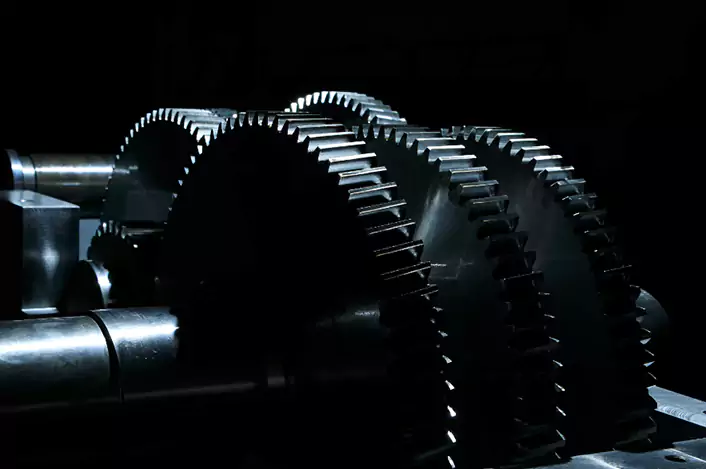Black oxide finish: Popular Surface Treatment for Precision Parts

Table of Contents What is it? What Is The Process? Cleaning and Preparing the Surface Rinsing Pickling Rinsing again Immersion in Alkaline Solution Rinsing Dry Oil post-treatments Types Hot Black Oxide Finish Mid-Temperature Black Oxide Finish Cold Black Oxide Finish…